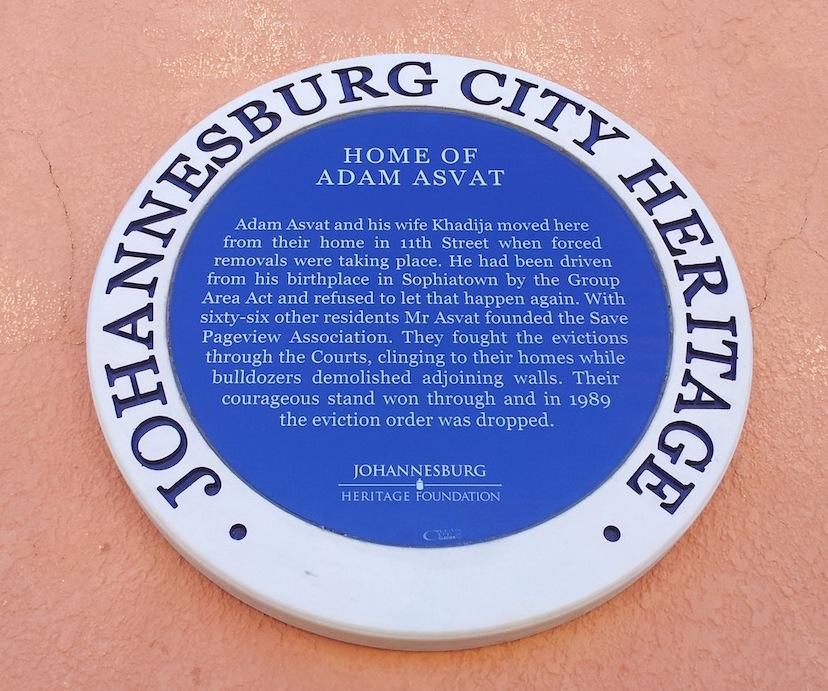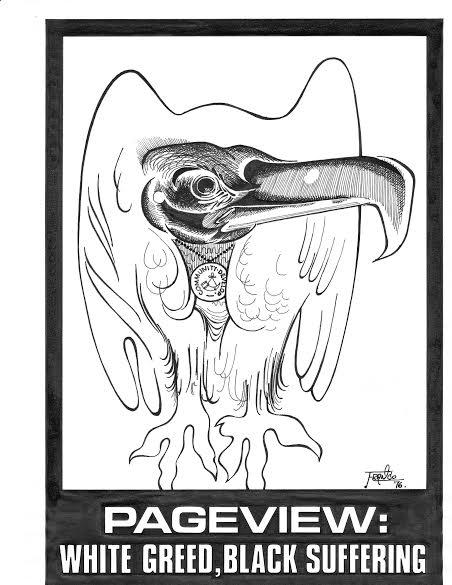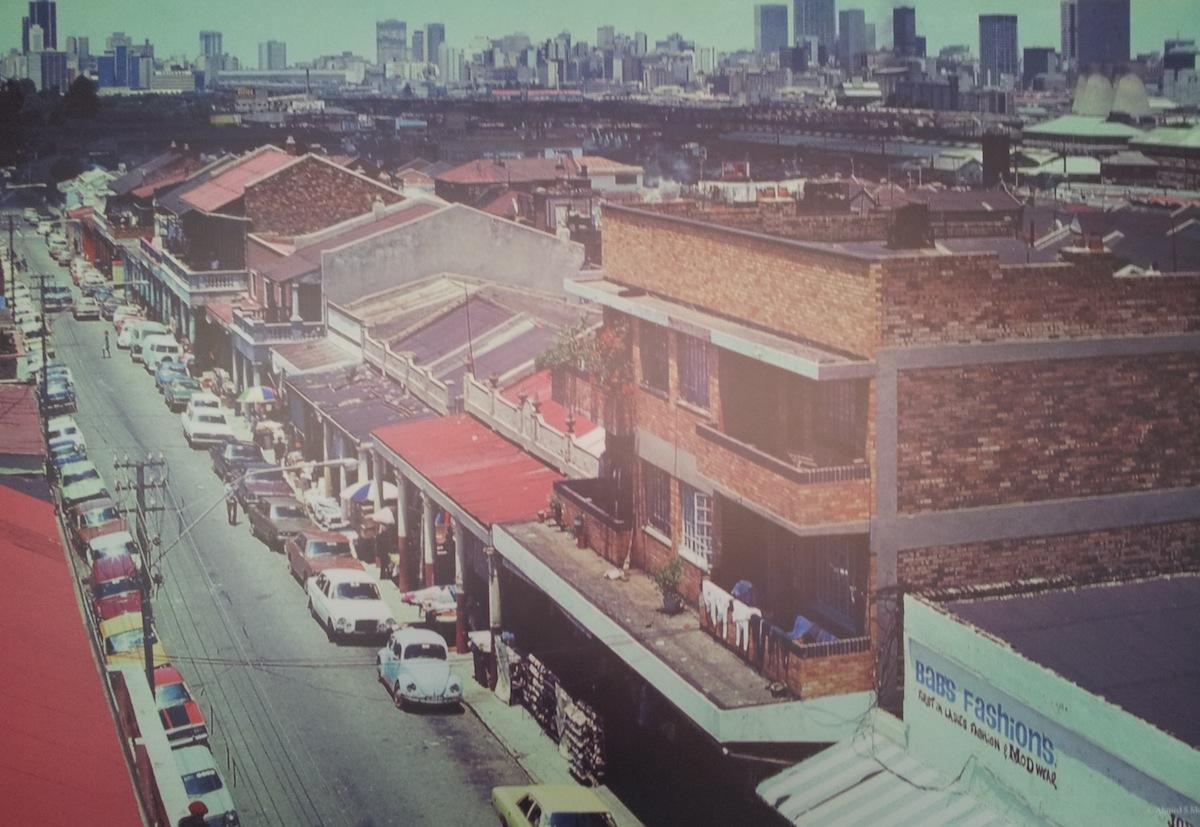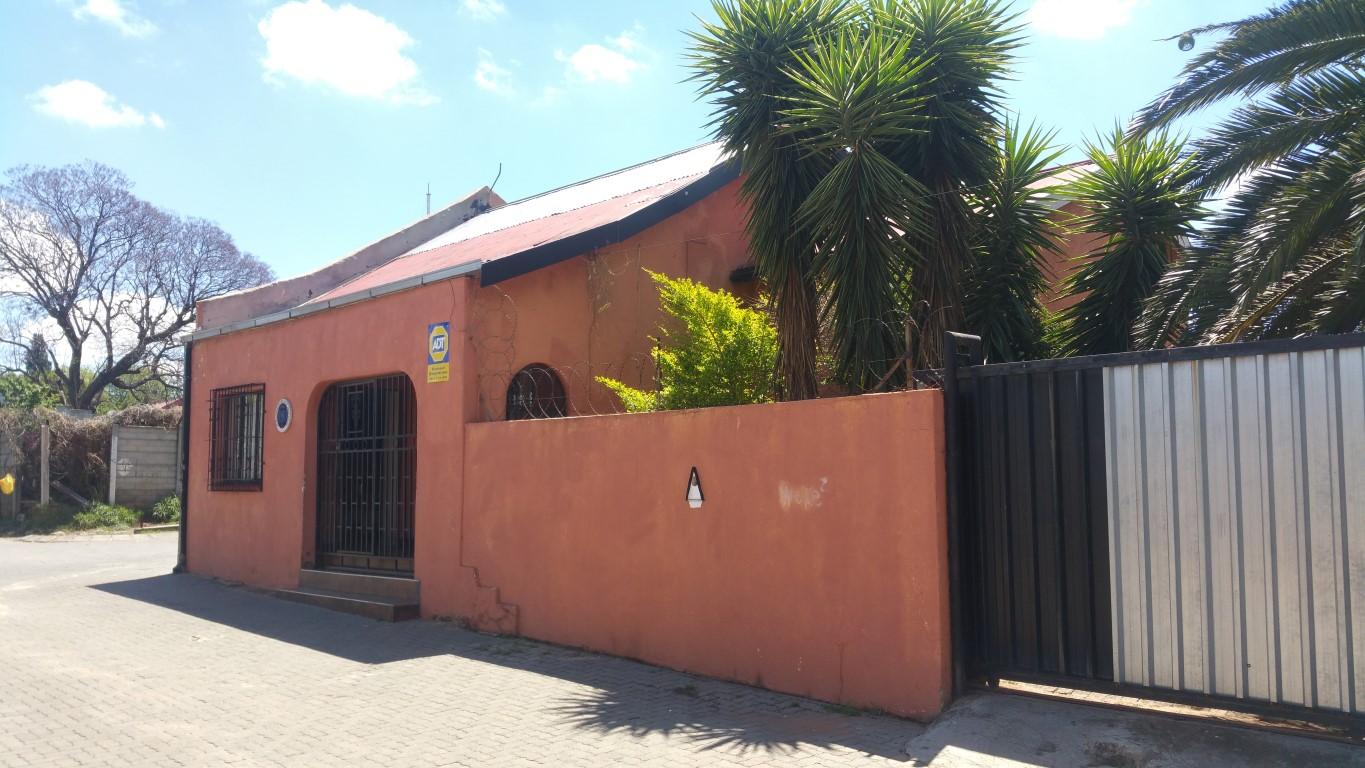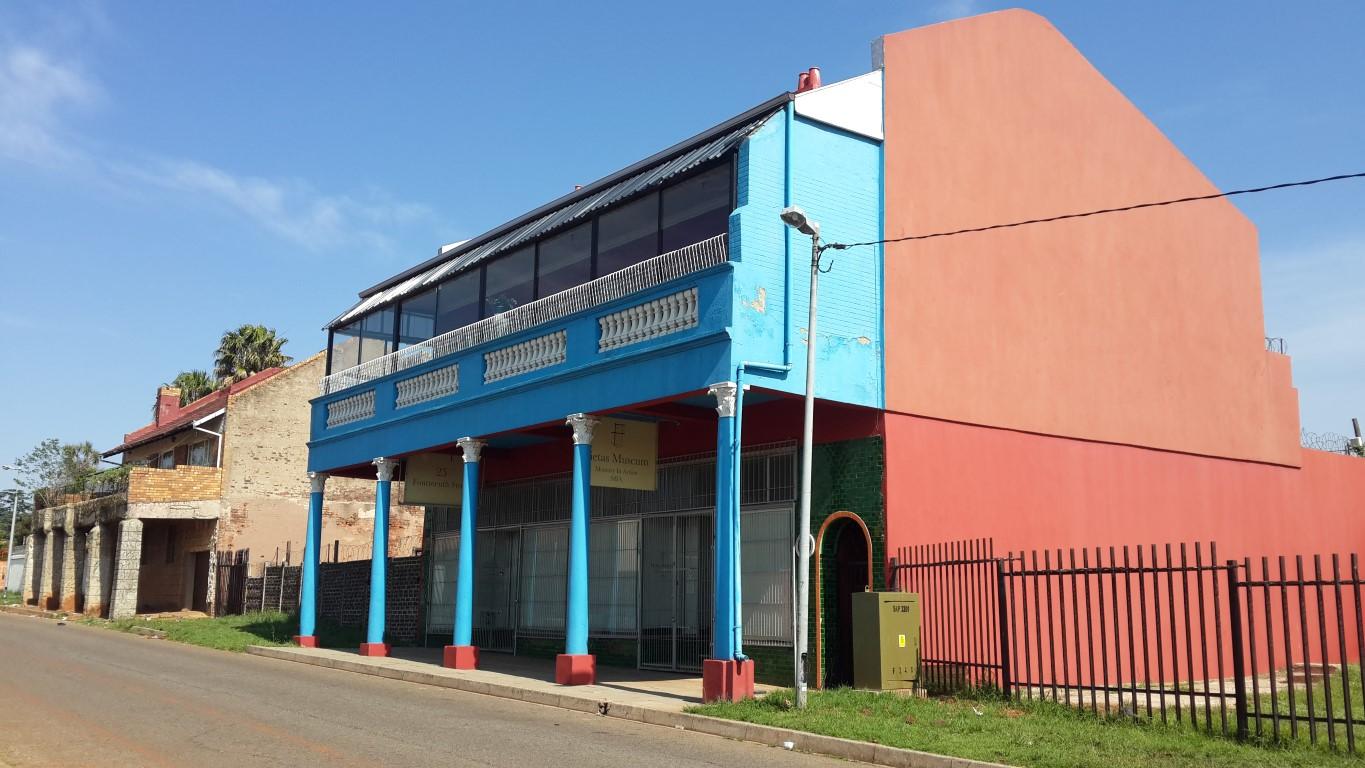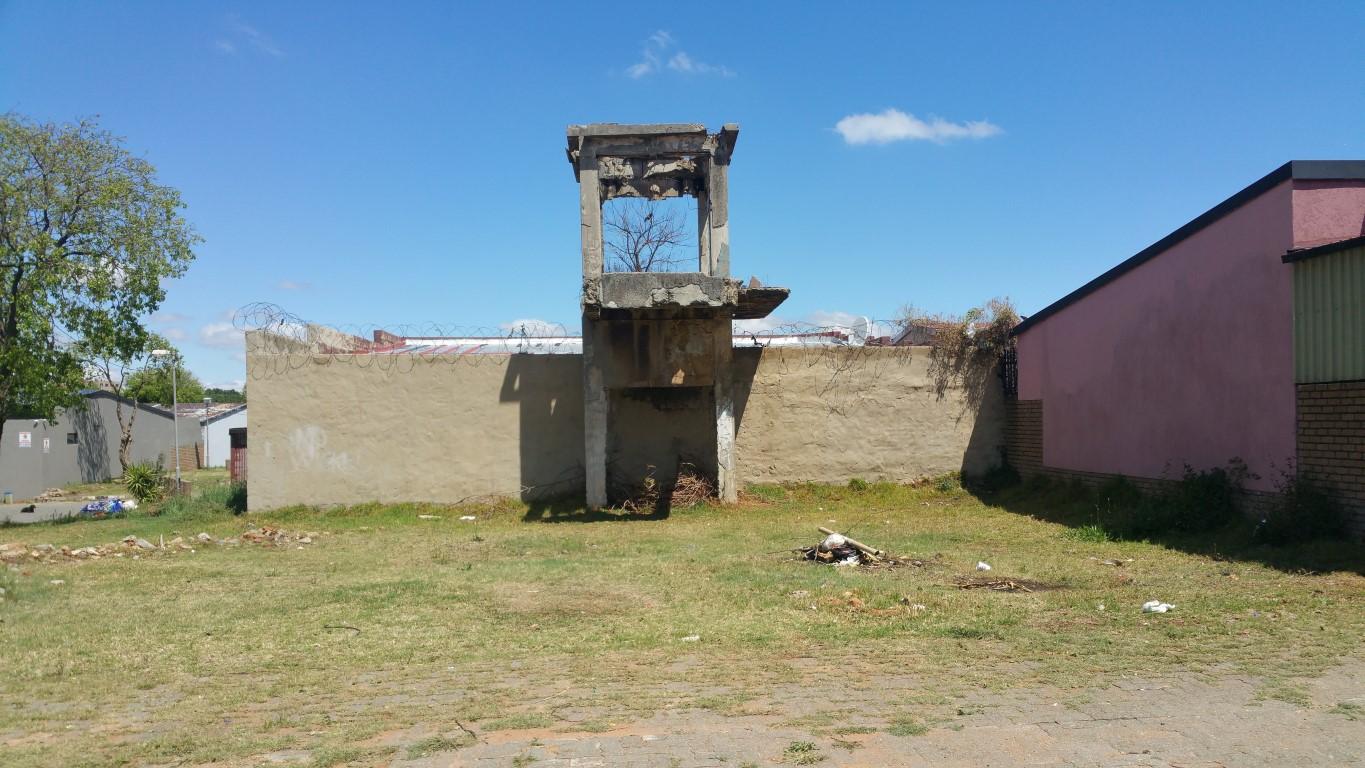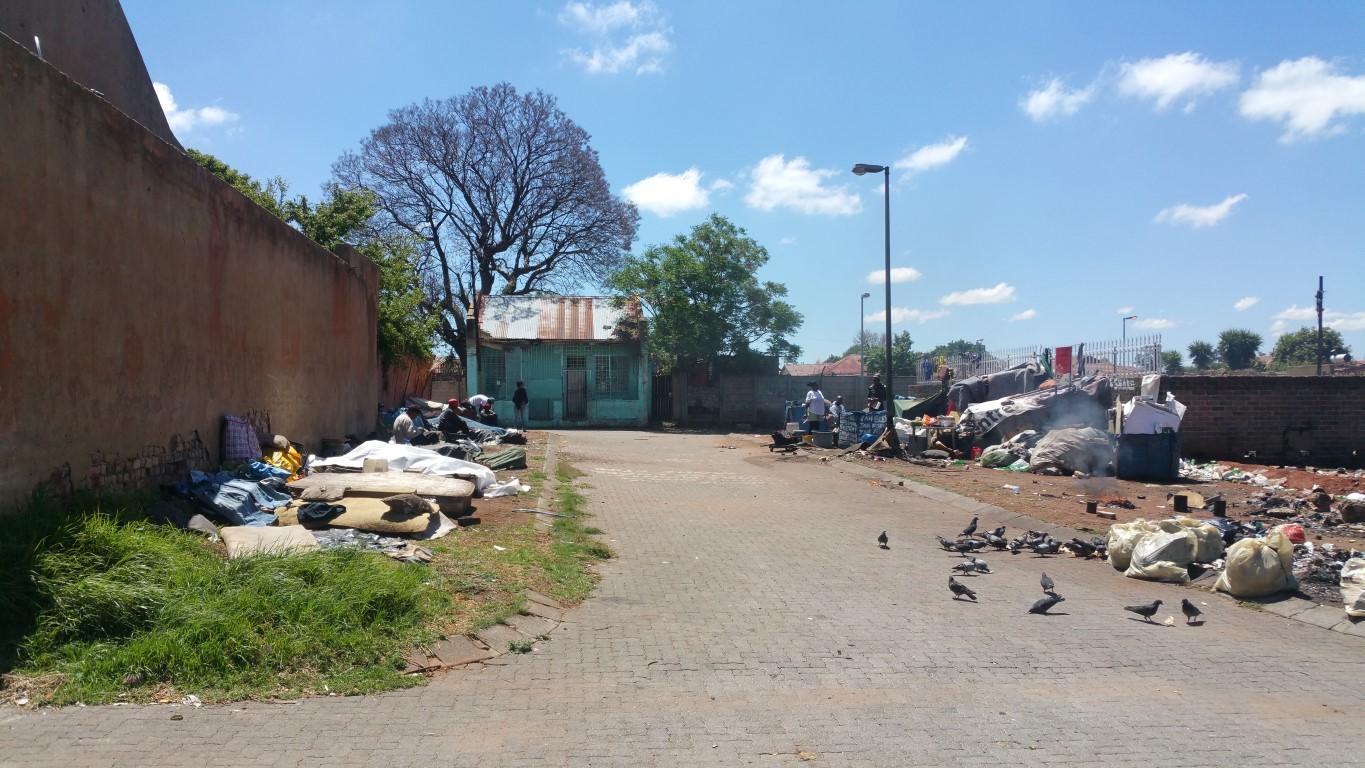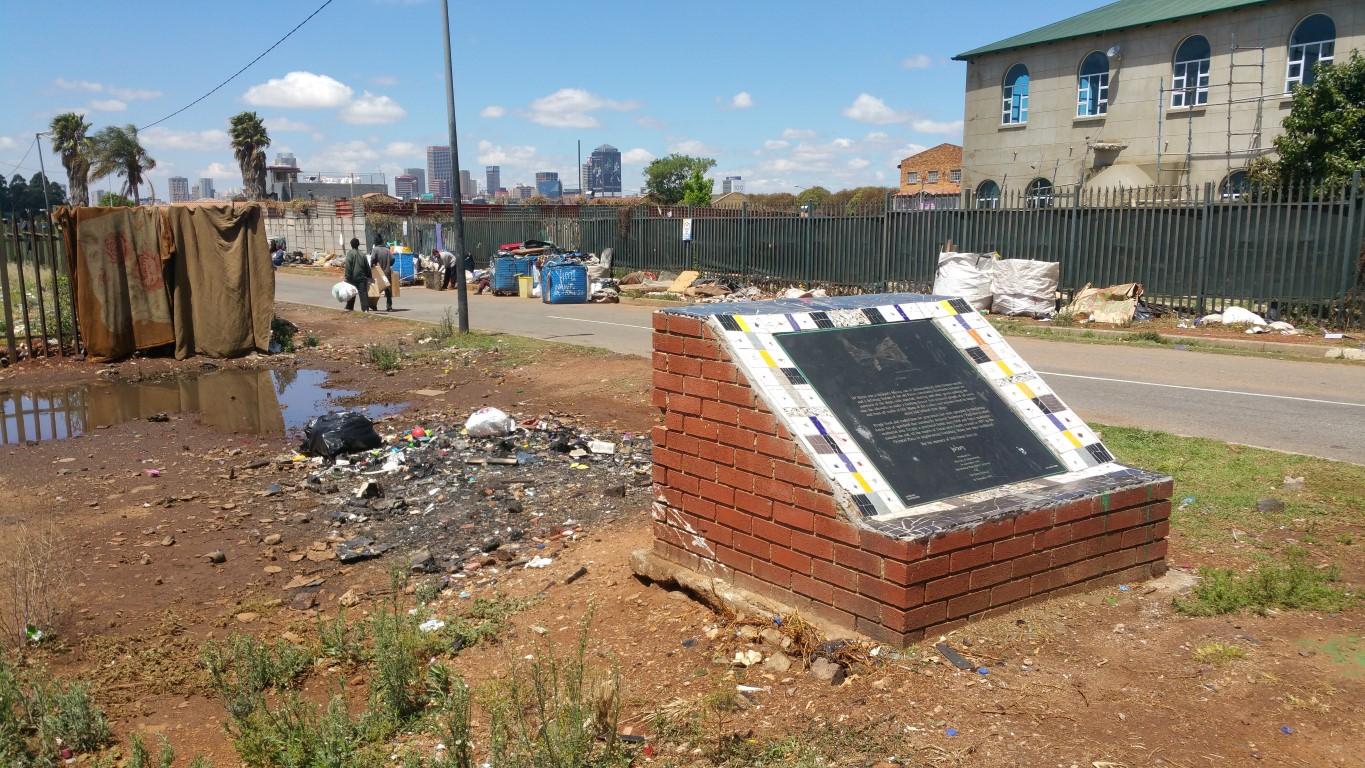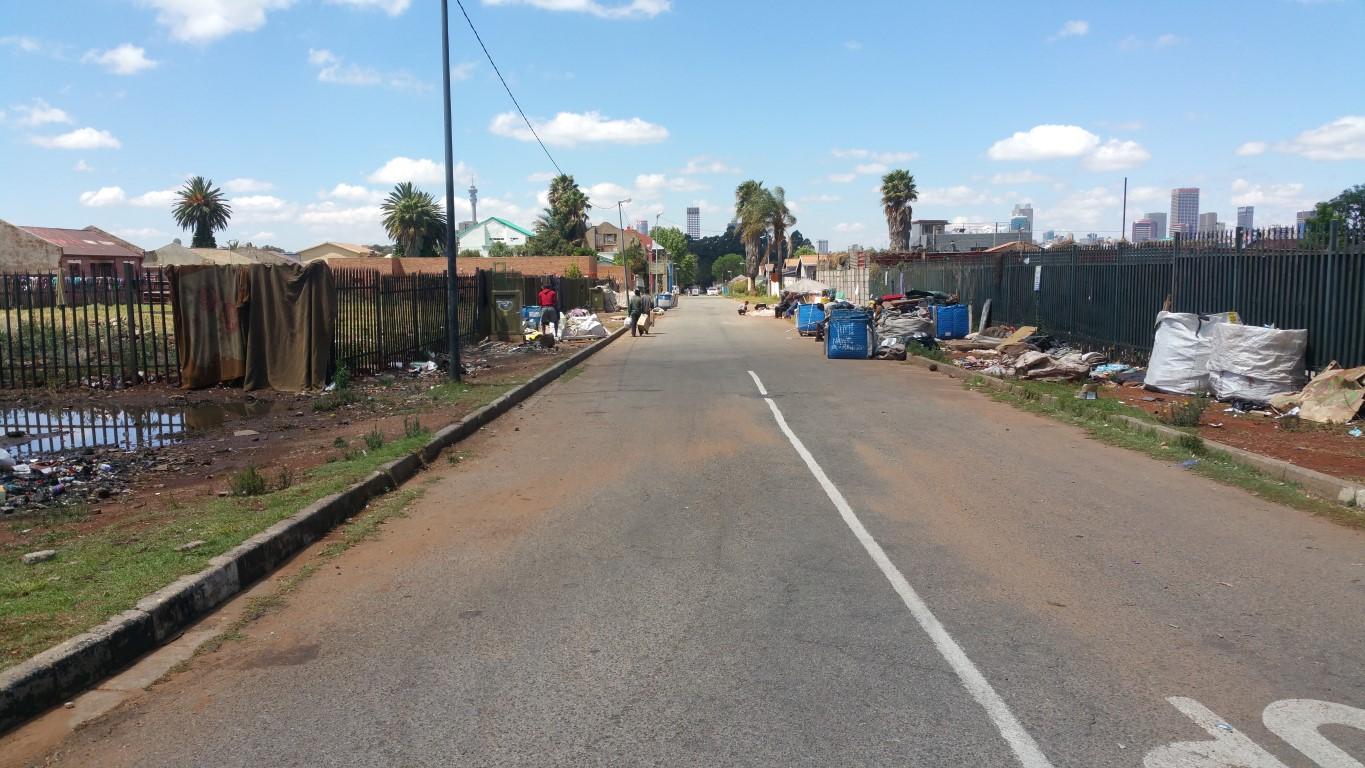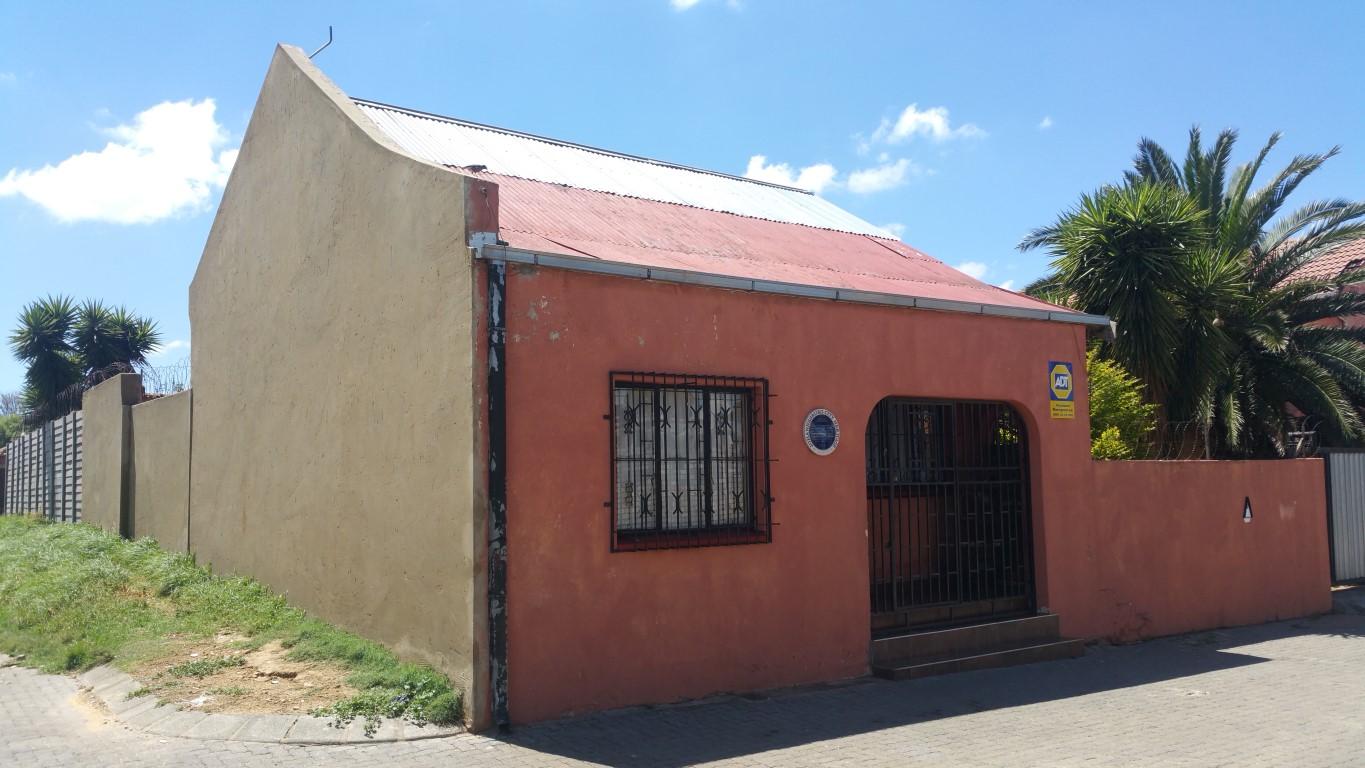
Disclaimer: Any views expressed by individuals and organisations are their own and do not in any way represent the views of The Heritage Portal. If you find any mistakes or historical inaccuracies, please contact the editor.
In 2014, a blue plaque was unveiled on Adam Asvat's Pageview home. Lucille Davie, one of Joburg's legendary journalists was there and compiled the following report (originally published in the Saturday Star on 3 May 2014) . Click here to view more of Davie's work.
They tore up the roads. They cut off the water and electricity. They made sand mounds on the sports field so that the community couldn’t play soccer or cricket any more.
“They” were the department of community development, the apartheid government’s euphemism for dislocation and relocation if you weren’t white. First they relocated people from Sophiatown, and demolished their homes, then they moved to Pageview, where they did the same thing, except they were up against a determined bunch of diehards.
I was in Pageview on Sunday for the unveiling of a heritage plaque outside the home of Adam Asvat and his wife Khadija. Asvat, soft-spoken and unassuming, had been the driving force behind the Save Pageview Association back in the 1970s and 80s.
Home of Adam Asvat Blue Plaque (The Heritage Portal)
Although thousands were moved from Pageview, he and 66 other residents in the suburb simply refused to move. They persisted with their campaign for close to 20 years, until their eviction orders were finally dropped in 1989, the year before Nelson Mandela was released. It took an intervention by then-president FW de Klerk, who personally phoned the court and told them to drop the case.
Fietas, the affectionate nickname given to Pageview, was the overcrowded but lively home of Indians, Malays, Chinese and blacks, for decades. Whites lived across the road in 11th Street, in Vrededorp, the village of peace.
Fietas had been occupied since the 1890s, in what was known as the Malay Location. It was a homely community, where children would play on the streets, and people would sit on their front stoeps and talk to their neighbours across the road, also on their stoeps, making the street their outdoor living rooms. Neighbours would always look after your children when you had to go somewhere.
It had several primary schools, mosques, community halls, shops, a bakery, a dry cleaners, cinemas, shebeens, sports fields, a crematorium, and corner t-rooms. All the ingredients for a successful community.
Homes were usually just two rooms with a kitchen, where up to 10 people lived. The outdoor bathrooms were shared by three or four other families. This meant people had to make it work, and as a result they grew close. “They shared their toilets and bathrooms with each other and moved into each other’s homes as if they were all one big family,” writes Nazir Carrim in his book Fietas. This forced people to “thoroughly enjoy their lives and be fiercely patriotic and proud of their area”.
Maybe this is why the campaign to save Fietas took off.
Protest Poster from the time (Franco Frescura)
But in 1962, Fietas was declared a white suburb, and all that came to an end. In the early 1970s the bulldozers started moving in, but unlike Sophiatown, not all homes were flattened.
Seventy-seven-year-old Asvat’s story began in Sophiatown, where he was born in 1937. He and his family were wrenched from their homes in 1965, and he moved with his mother to Fietas. He lived in 11th Street until that was demolished, then he moved to 13th Street. But when the bulldozers started on his street, he had had enough. He approached the Bulbulia family, whom he describes as “the pioneers” of Fietas – the first generation to open shops on 14th Street, famous for its buzzing shopping experience - for permission to start a campaign. He and others then went door to door, canvassing residents to join the association to oppose the evictions.
Old photo of 14th Street (via Fietas Museum)
“People were leaving. They said to me ‘You’re mad – you’ll lose your home in Lenasia’,” he says now. But he persisted – he called meetings, made pamphlets. “We were determined. We stood together and formed a community.”
He told the authorities he and others were “not Voortrekkers”, that it was costly to go to Lenasia. He went and looked at the new settlement some 40km down south - people were living in barracks, he says.
“They bribed you to get a house in Lenasia, and would give you another house to get you to move, which you could rent out,” he says. Residents were paid small compensation by the government when they moved, if they had ownership papers. A lot didn’t although they were the owners because they had to bring in white nominees to buy property.
Meanwhile, the voracious bulldozers continued. The modus operandi was to remove the roof of a house, making it impossible to live in the house. The doors and windows would go next, then the rest of the house. Asvat’s son, Farouk, remembers as a schoolboy of 10 or 11, coming home from school, and seeing the roof of his house in the air, in the clutches of a bulldozer. Residents were given just three hours to pack up their lives, before the government started moving their furniture on to the street. Possessions were moved with a wheelbarrow or trolley.
A good deal of the houses were semi-detached - imagine sitting in your home, feeling the walls shake as the house attached to yours was torn down.
“I had to run from work [in Newtown] when they broke the roof,” Asvat says of his house in 11th Street.
Adam Asvat's Home (The Heritage Portal)
Shop owners in 14th Street dragged their feet, but eventually they all relocated their shops to the Oriental Plaza in Fordsburg.
Once the bulldozers had finished their dirty work, Fietas was left a wasteland. The two mosques remained, and odd homes still stood, where association members had refused to move. A single double-storey shop remained in 14th Street. There’s a gaping, double-storey piece of a bathroom in 20th Street, a stark monument to the destruction of lives. The government built squat, discordant homes for whites on some of the empty plots but Fietas remained largely in a time warp.
The Surtee's / Kay's Fashion Building also survived. Today, it is the Fietas Museum run by Salma Patel. (The Heritage Portal)
Gaping, double-storey piece of a bathroom in 20th Street (The Heritage Portal)
Asvat and his wife still live in their house in 13th Street, where they raised their family. “It was all worth it,” he says.
But in recent years the suburb’s neglect has become an ugly sore. Fietas has been invaded by homeless people, who have taken over the streets and empty plots. A house away from him a plot has become a recycling depot, piled with plastic bottles, and sheets of cardboard and other garbage. Liquor is sold on the streets, and people have erected makeshift shelters along the pavements. Rats invade his home from the empty, dishevelled plots.
Homeless in Pageview (The Heritage Portal)
Deterioration of the area around the Fietas Plaque (The Heritage Portal)
He says he has been told that “coolies must go to India”. And whereas he has been called “oom” or “meneer” by Afrikaans neighbours’ children, he now experiences a new kind of apartheid. “There was no hatred like this before.”
He says he doesn’t go out at night, as the streets are noisy and unruly. “We live in a jail.”
But that jail will end soon. After former residents have tried for years to get their land claims settled, the process is finally moving. Sam Rikhotso, stakeholder manager at the Joburg Property Company, says land claims will finally be settled, while land that the city owns will be sold, in a partnership with the province. He promises that as soon as the elections are over, the wheels will start turning. [Residents are still waiting]
Flo Bird, heritage champion of Joburg, says Asvat is "gentle and kind and a most unexpected hero of the resistance. Courtesy conceals his resilience and determination."
He is "invariably modest about his role". Back then the "bullies would come and threaten and he would simply stand firm and say: "No, we are not moving".
14th Street in 2017 (The Heritage Portal)
Lucille Davie has for many years written about Jozi people and places, as well as the city's history and heritage. Take a look at lucilledavie.co.za
Comments will load below. If for any reason none appear click here for some troubleshooting tips. If you would like to post a comment and need instructions click here.

